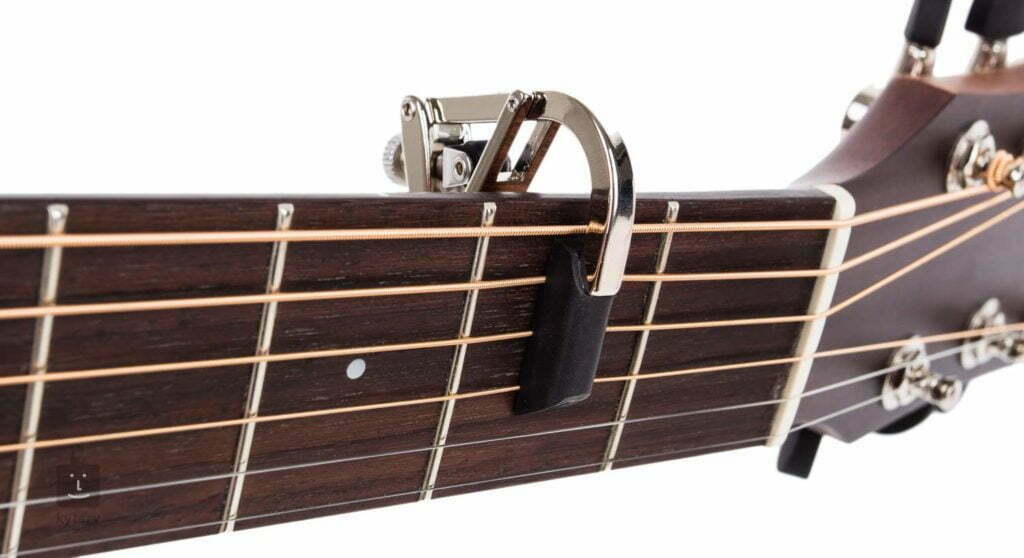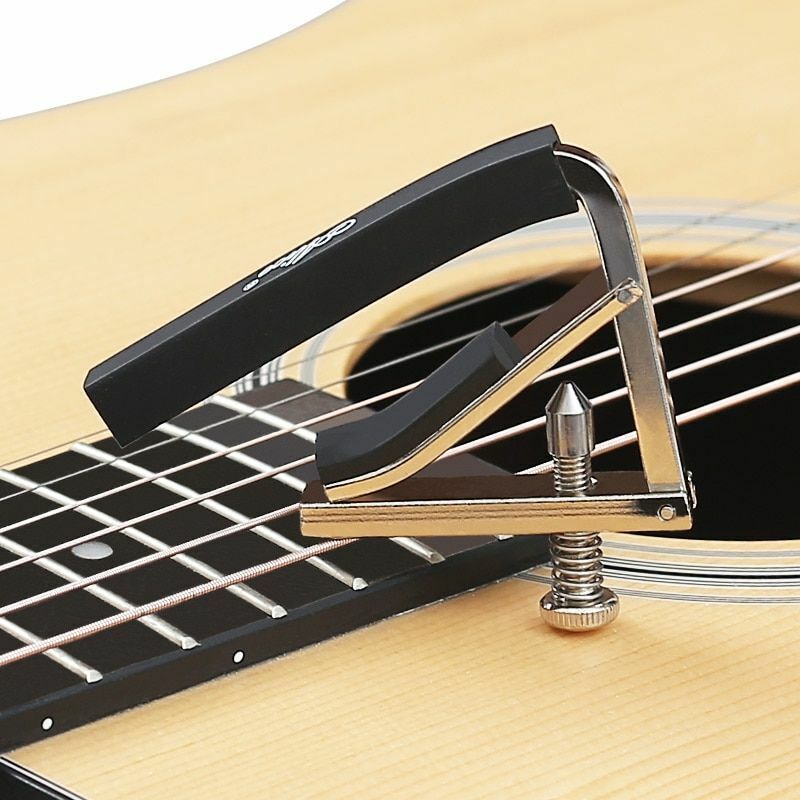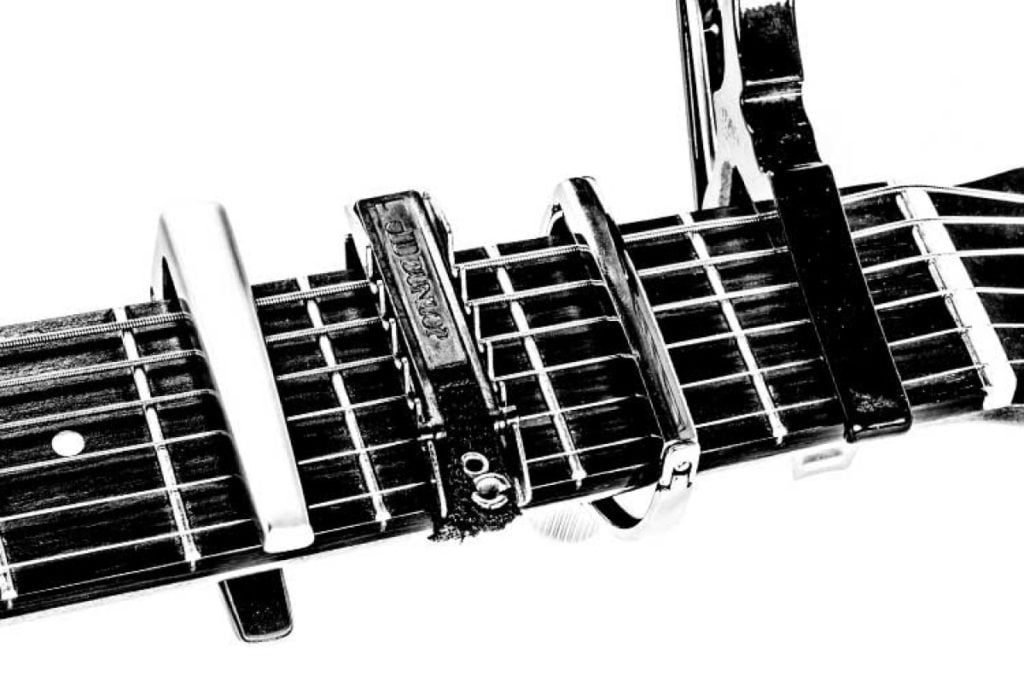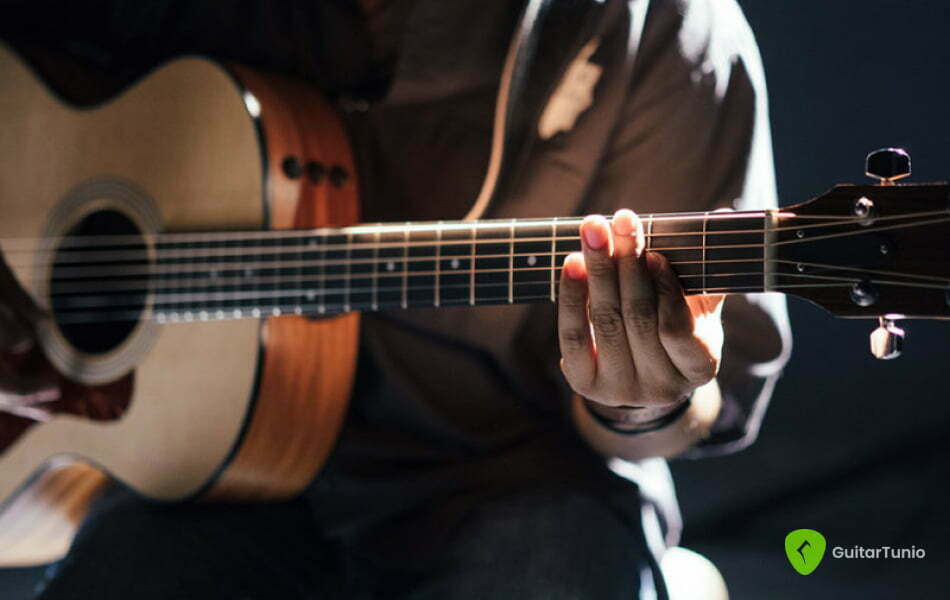Unlocking the Power of Guitar Capo
A guitar capo is a versatile tool that can revolutionize your playing experience, opening up a world of musical possibilities. Whether you're a beginner guitarist or a seasoned musician, understanding how to use it effectively can enhance your creativity and expand your repertoire. In this comprehensive guide, we will delve into the fundamentals of guitar capos, covering everything from their purpose and types to the various techniques and benefits they offer. Get ready to unlock new horizons in your guitar playing as we explore the power of the guitar capo.
What is a Guitar Capo?
A guitar capo is a small device that is placed on the neck of a guitar. It is used to shorten the length of the strings, which raises the pitch of the guitar. The capo is clamped onto the neck of the guitar, and then moved up or down to different frets to change the pitch of the strings.
Types of Guitar Capos
There are several different types of guitar capos available on the market. The most common types are:
1. Spring-loaded Capos - These are the most popular type of guitar capo. They are easy to use and can be quickly clamped on and off the neck of the guitar. They are usually made of metal or plastic and come in a variety of sizes to fit different guitars.

2. Strap-on Capos - These capos are designed to wrap around the neck of the guitar and attach to the strings. They are less common than spring-loaded capos but can be useful for guitars with unusual shapes or sizes.

3. Partial Capos - These capos are designed to cover only a few strings on the guitar. They are useful for creating unique sounds and textures on the guitar.

4. Screw-on Capos - These capos are attached to the neck of the guitar with screws. They are less common than other types of capos but can be useful for guitars with thick necks.

How to Use a Guitar Capo
Using a guitar capo is easy, but it is important to use it correctly to get the best results. Here are the steps to follow:
1. Choose the Right Capo - Make sure you choose a capo that is the right size for your guitar. If the capo is too big or too small, it will not work properly.
2. Place the Capo - Place the capo on the neck of the guitar, just behind the fret you want to use as the new nut.
3. Clamp the Capo - Clamp the capo firmly onto the neck of the guitar. Make sure it is tight enough to hold down all the strings.
4. Test the Pitch - Play a few chords or notes to make sure the pitch is correct. If it sounds off, adjust the position of the capo until you get the desired pitch.
5. Play - Once you have adjusted the capo, you can start playing your song or practicing your chords.
Why should you use a Guitar Capo?
There are many reasons why a guitarist might use a guitar capo. Here are some of the most common reasons:
1. Change the Key - One of the primary reasons to use a guitar capo is to change the key of a song. If a song is written in a key that is too low for your voice or instrument, you can use a capo to raise the pitch and play it in a higher key.
2. Easier Chords - Some chords are more difficult to play than others, especially for beginners. By using a capo, you can move those chords to a more comfortable position on the neck of the guitar.
3. Different Sounds - A guitar capo can be used to create different sounds and textures on the guitar. By changing the pitch of the guitar, you can create a different mood or atmosphere for a song.
4. Fingerpicking - Fingerpicking is a popular technique used by many guitarists. By using a partial capo, you can create unique fingerpicking patterns that are not possible with standard tuning.
5. Open Tunings - Open tunings are another popular technique used by many guitarists. By using a partial capo, you can create open tunings that are not possible with standard tuning.

Conclusion
A guitar capo is a versatile tool that can be used by any guitarist, from beginners to professionals. It is used to change the pitch of the guitar, create different sounds and textures, and make it easier to play certain chords. There are several different types of guitar capos available, including spring-loaded capos, strap-on capos, partial capos, and screw-on capos. If you are a guitarist, it is worth investing in a good quality capo to add to your toolkit. With a little practice and experimentation, you can use a it to enhance your playing and create new sounds and styles on your instrument.







